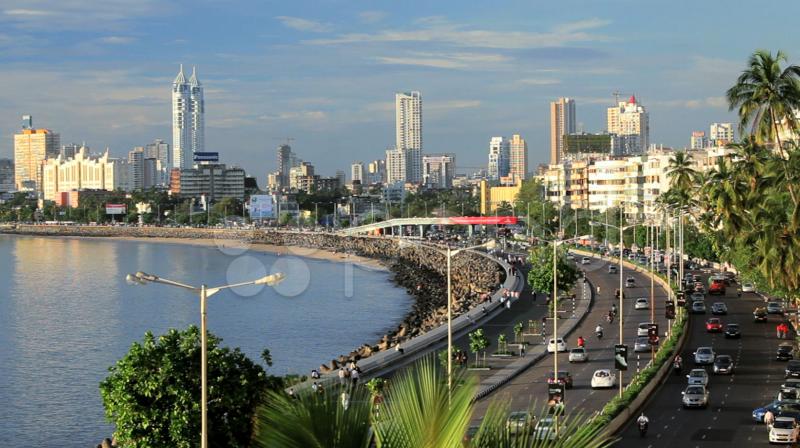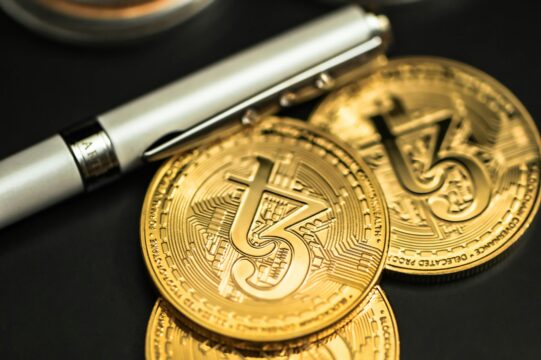In a study conducted by Swiss Bank UBS, “Here’s how long you have to work around the world to afford an iPhone X”, Mumbaikars rank among the hardest workers, with the longest working hours among 77 cities that were studied.
At 3,314.7 hours a year, Mumbaikars are sweating it out more than the average global worker at 1,987 hours and double that of a resident of Rome at 1,581 hours or a Parisian at 1,662 hours. At the same time, the report finds that a professional worker in Mumbai still cannot afford an iPhone X as easily as, say, a New Yorker. While a Mumbaikar slogs for 917 hours of wages to buy the iPhone X, the New Yorker can buy it within 54 hours of work.
Citing that an iPhone X has become the benchmark of things not just most coveted but also a necessity in the current millennium, the UBS report analyzed the price of an iPhone in a city and the average salary in that city across 15 professions. Combining the numbers, they then found the number of days a person would have to work in each city to be able to buy the latest version of the iPhone X.
The Efficient Dabbawala Goes Organic: How Food Delivery modernised in Mumbai
Geneva, Zurich and Luxembourg, came out at the top in the bracket of hourly earnings, Mumbai fairing at second last at 76, only ahead of Cairo, which has been ranked as the cheapest big city in the world.
At the same time, in the cost of living bracket, Mumbai is much more affordable at 46% of New York’s, services like a haircut in Mumbai being 228 minutes of wages as against 128 minutes for New York. Mumbai’s basic needs, like monthly cost of food, beverage, clothing, personal care, and household items, came to $1,098, as compared to Geneva’s $2,099 and Sydney’s $1,792. Considering extra costs for expats, like monthly cost of a two-bedroom furnished apartment, household help, an international school admission fee, and a local language course, Mumbai is still quite low at $1,240, compared to $4,728 in Brussels and $4,546 in Dubai.
Zurich is the most expensive city to live in, while Luxembourg has the highest purchasing power. Dubai, though ranked a relatively expensive expat destination, is able to offer its residents strong purchasing power because of low taxation.
Another report, “Worldwide Cost of Living 2018”, by The Economist Intelligence Unit, envisages that though South Asian cities, such as Bangalore, Chennai, Karachi and New Delhi, have always been on the lists for the best value for money. Per head, wage and spending growth remains low in these cities. Because of inequality of income, households restrain from spending, creating many price tiers and competition in retail.
However, the survey also reveals that cheaper cities also display instability, whether political or economic, like Caracas and Damascus. The report says, “This means that there is a considerable element of risk in some of the world’s cheapest cities. Karachi, Algiers, Almaty and Lagos have faced well-documented economic, political, security and infrastructural challenges, and there is some correlation between The Economist Intelligence Unit’s cost of living ranking and its sister ranking, the livability survey. Put simply, cheaper cities also tend to be less livable.”
The survey tabulates that the average price of a 1 kg loaf of bread in New Delhi is $1.07, $1.20 in Chennai, $1.33 in Bangalore, compared to $6.45 in Geneva. Looking at the same crowd selected by UBS, the average price of a bottle of table wine costs $20.49 and 20 branded cigarettes cost $23.89 in Sydney, while in New Delhi, they cost $19.03 and $5.11. Thus, both studies show that being cheap doesn’t always make for luxurious living.












